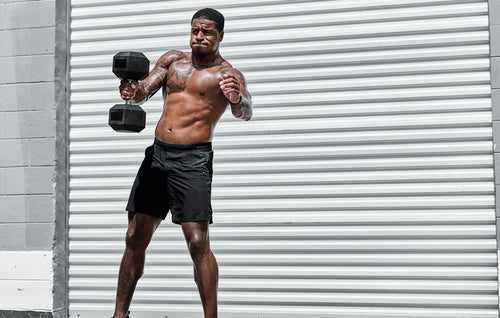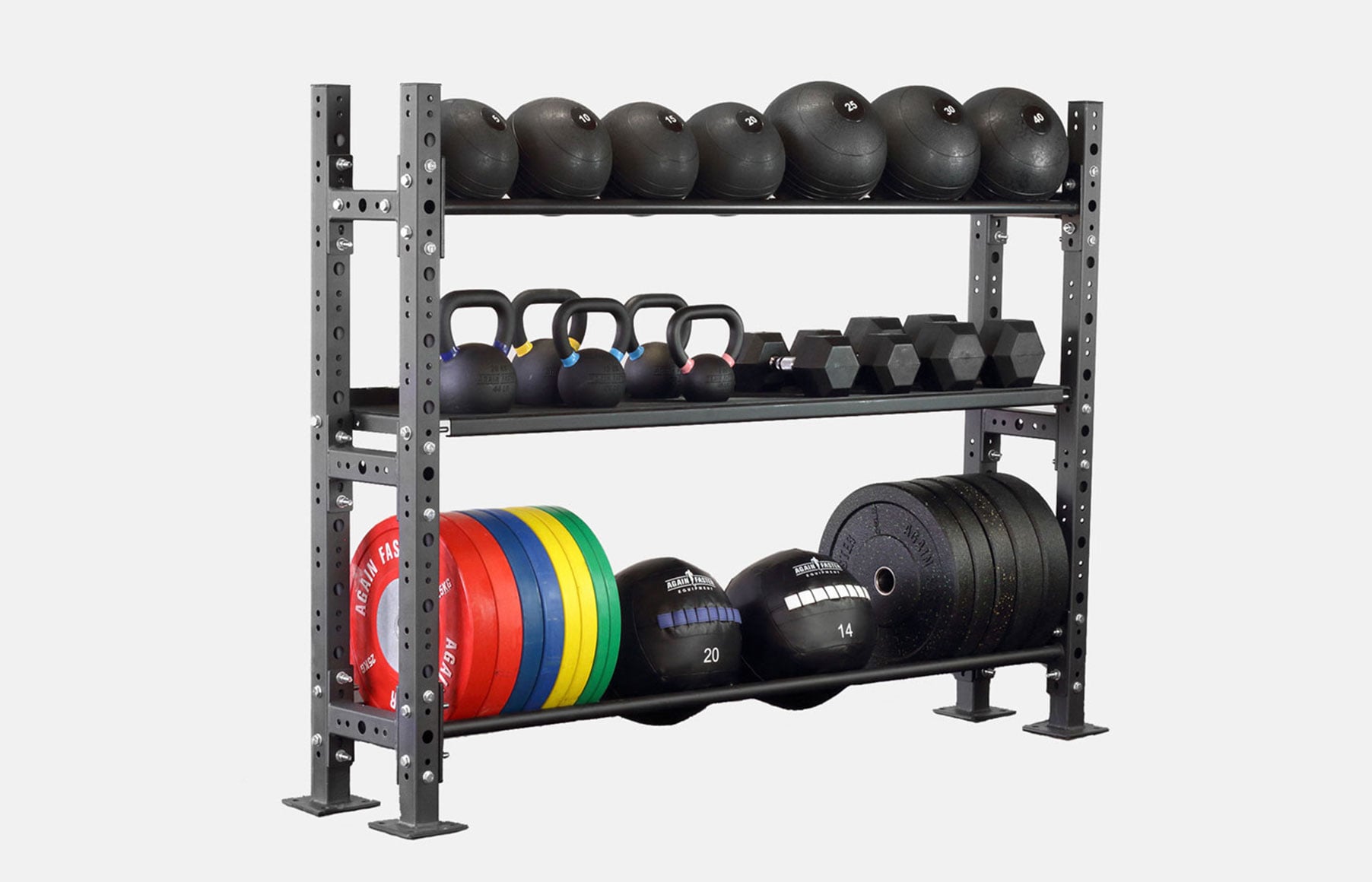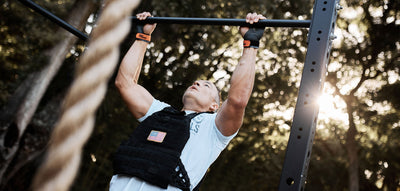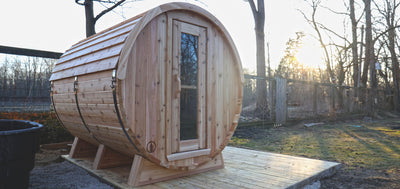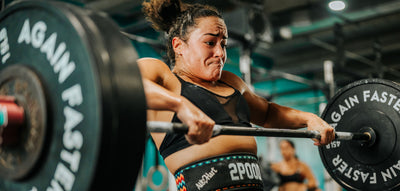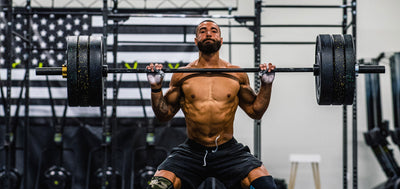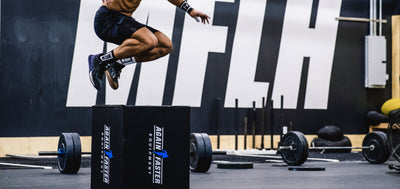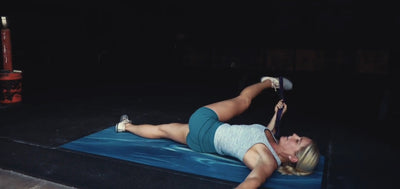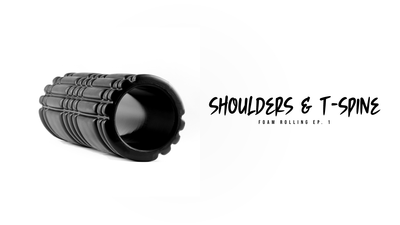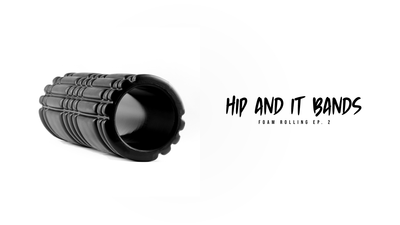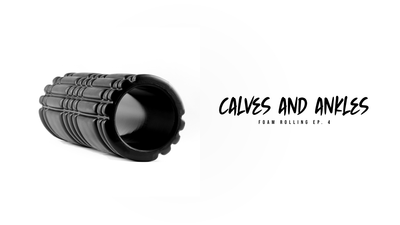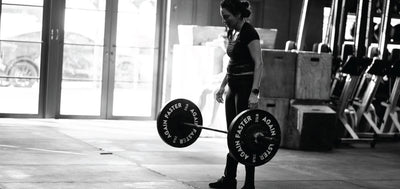Unless you own a set of adjustable weights, you'll likely invest in a collection of free weights, especially if you are a commercial gym owner. As you expand your available equipment, you'll run out of space quickly without adequate storage.
After all, a 5 to 50-lb set of rubber dumbbells could come in 10 pairs, totaling 20 free weights.
When looking to buy storage racks for weight lifting equipment, there are a few points to think over.
First things first, measure your available floor space. While doing so, don't forget to account for extra space to add and remove weights from your rack safely.
Next, it's important to consider the type of floor in your gym. If your workout area is on a carpeted surface, then a rack with wheels might not be the best option.
Additionally, if your current flooring isn't resistant to the impact of weights, investing in proper gym flooring is a wise choice.
Organization
Bulky free weights can take up a lot of room and are often subject to wear and tear if you don't store them properly. Plus, the last thing you want to do is pause your workout because you can’t locate the set of weights you need.
Safety
Accidents can occur if weights and barbells are left in an open space. You can prevent trips, falls, and bumping into weights by storing them safely. This is especially important in a commercial gym setting.
Accessibility
If you're the owner of a busy gym, it's important to provide an organized and easily accessible service to all your regular patrons.
When designing a workout space at home, you’ll want a dedicated area for strength training that is organized effectively.
If you don't know how to make the most of your space, contact us at Again Faster. An expert from our team can help you design your gym.
